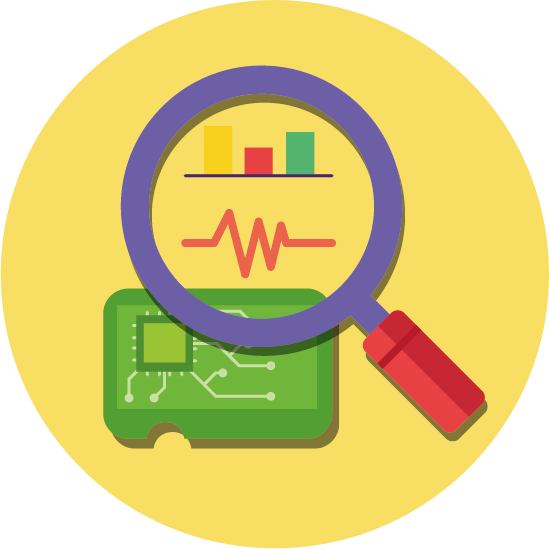
Mathematical competence is the ability to develop and apply mathematical thinking and insight to solve problems in everyday situations.
Competence in science refers to the ability and willingness to explain the natural world by making use of scientific concepts, theories and methods, and to draw evidence-based conclusions.
Competences in technology and engineering are applications of mathematical and scientific knowledge to find solutions to human wants and needs.
These competences involve an understanding of the changes caused by human activity and responsibility as individual citizens.
